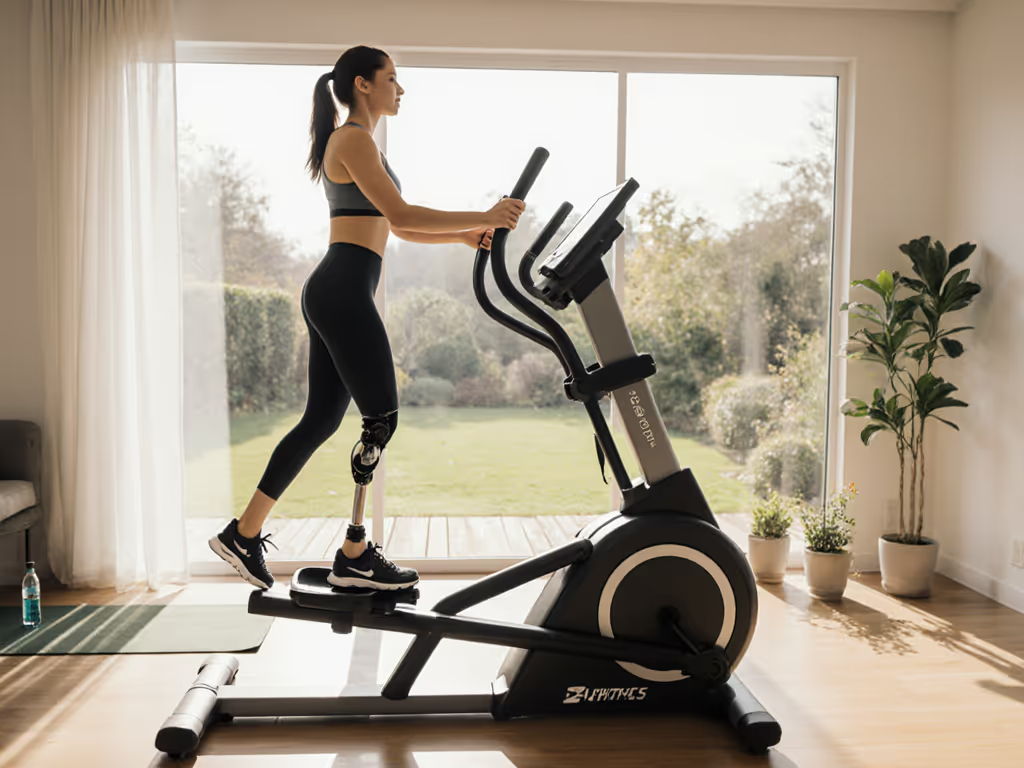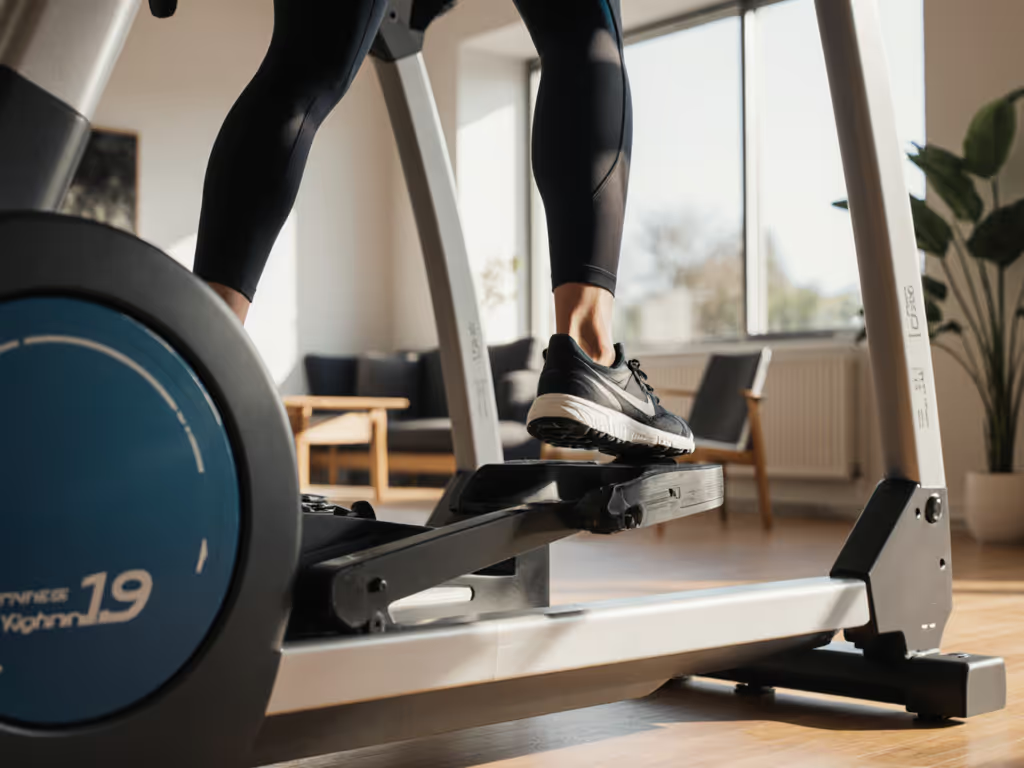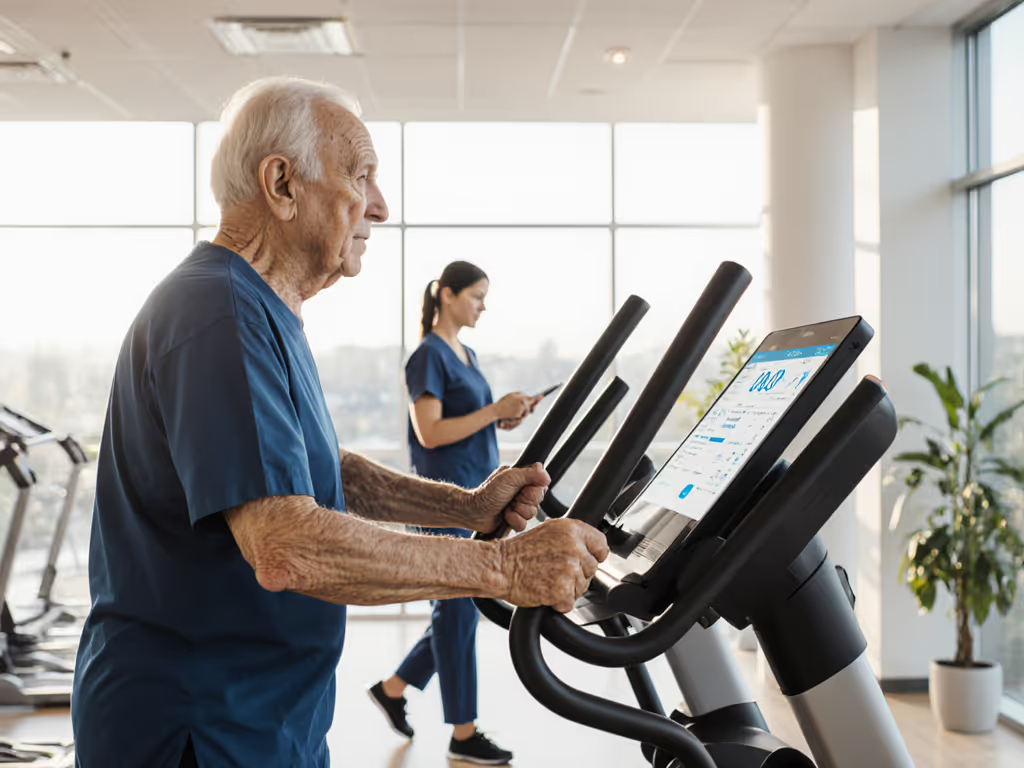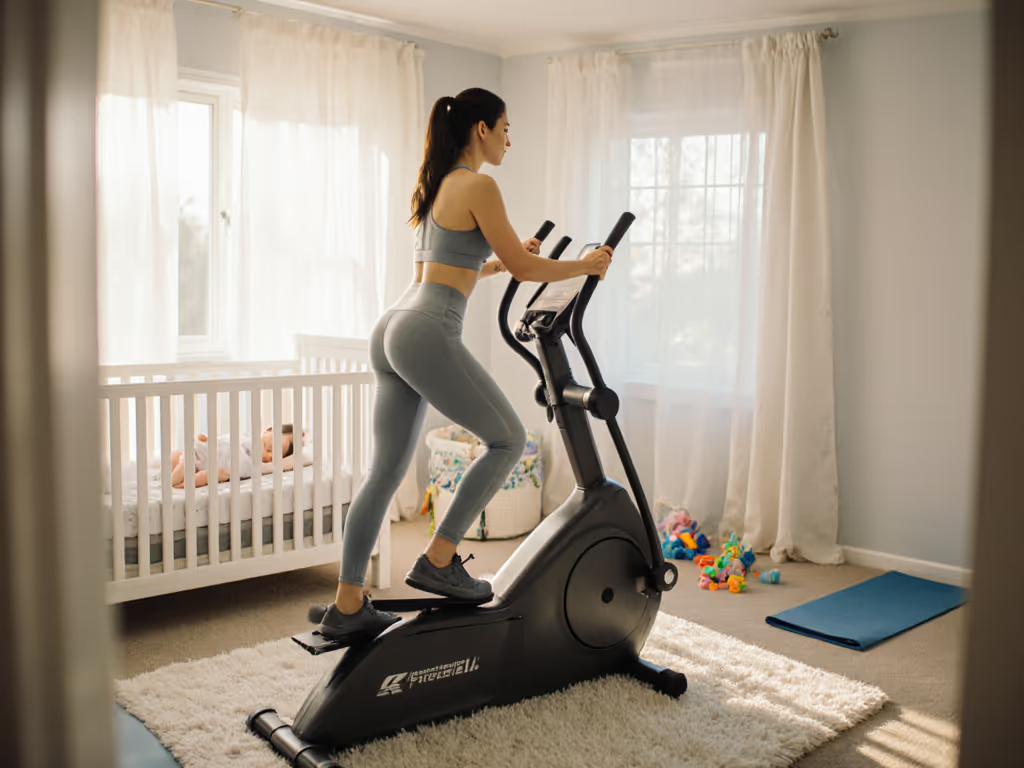
Safe Elliptical Workouts for Bone Density Gain

If you're wondering whether your elliptical actually delivers elliptical bone density benefits, or if it's truly a viable option for elliptical routines for osteoporosis prevention, you're not alone. As someone who's helped hundreds of time-crunched adults establish sustainable cardio habits, I've heard this question repeatedly from clients concerned about long-term bone health. Let's cut through the confusion with practical, evidence-based guidance that fits your real life (not just theoretical ideals).
Research shows that while elliptical training provides less ground impact than running, it still offers meaningful weight-bearing elliptical workout benefits. A study published in Medicine & Science in Sports & Exercise found that bone density improvements from elliptical training can be comparable to running when performed consistently. The key difference? Impact levels. As an exercise physiologist at Hospital for Special Surgery explains, "elliptical workouts are considered weight-bearing, which means they help strengthen the skeletal system" (just with less joint stress). If joint pain is a concern, see our arthritis-safe elliptical tips for pain-smart training guidance.
Understanding the Bone Density Reality
Here's what the science really says: high-impact activities like running provide greater bone density stimulation due to the forces transmitted through your skeleton when your feet strike the ground. This is why some experts note that elliptical machines won't give you "the impact of your feet hitting the ground while running [that] boosts your bone density."
However, this doesn't mean elliptical training lacks value for bone health. For many adults (especially those with joint concerns, limited mobility, or recovering from injury), the elliptical represents the only form of consistent cardio they can maintain. And consistency matters more than perfection.
Small, repeatable wins turn cardio into a lifelong habit.
Consider this: inactive adults lose 1-2% of bone density annually after age 35. Any weight-bearing movement that you can do consistently (from walking to elliptical training) helps offset this loss. A 2-year study in JAMA Internal Medicine showed that "a long-term multipurpose exercise program... not only offsets bone loss but also improves physical fitness" in postmenopausal women. The participants weren't doing extreme workouts, they were building sustainable routines.
Making Your Elliptical Work for Bone Health
You don't need to compromise between joint comfort and bone strength. These strategies maximize your safe elliptical for bone health potential:
1. Focus on Resistance Over Speed
Lower your stride speed and increase resistance to create more muscular engagement. Your muscles pull against your bones during movement, which stimulates bone formation. Aim for:
- Resistance level 12-15 on most machines
- Cadence of 70-85 steps per minute
- Upright posture (avoid leaning on handles)
2. Incorporate Intervals Strategically
Short bursts of higher resistance followed by recovery periods create varied loading patterns that benefit bone health:
- 2 minutes at moderate resistance
- 1 minute at higher resistance (focus on strong push through heels)
- Repeat for 15-20 minutes
3. Stand Tall and Engage Your Core
Poor posture diminishes weight-bearing benefits. For a deeper walkthrough of posture and technique, see our elliptical form guide. Maintain these form cues:
- Keep shoulders back and down
- Engage abdominal muscles gently
- Transfer weight through entire foot (not just toes)
- Avoid death-gripping the moving handles
Many of my clients using machines like the SOLE E95 find their dual-track design helps maintain proper alignment, which translates to better weight distribution through the skeleton during workouts.
Building a Sustainable Routine
After a wrist injury sidelined my kettlebells, I rebuilt momentum on an elliptical in my one-bedroom apartment. My two non-negotiables? Zero setup friction and sessions short enough to finish before coffee. This approach kept me moving daily, and the habit stuck long after my wrist healed.
For bone health, consistency trumps intensity. If motivation dips, try these boredom-busting elliptical hacks to keep sessions engaging. Consider these low-friction strategies:
Your 5-Minute Bone Health Starter Plan
- Pre-set your machine tonight: Select a resistance level that challenges you but allows perfect form
- Place water bottle and towel near the machine so setup takes <10 seconds
- Commit to 10 minutes 3x weekly (set phone reminder)
- Track on calendar (just an 'X' for each completed session)
- After 2 weeks, add 1-2 minutes per session

SOLE Fitness Elliptical
Why Tiny Steps Win Long-Term
When I work with clients worried about bone density, I emphasize that sustainable comfort is the shortest path to consistency. Pushing too hard too soon leads to discomfort, then skipped sessions, then abandonment. A 2021 study found that "the elliptical trainer caused less long-term joint and cartilage degeneration in the knee than cycling, running, and swimming" (making it ideal for consistent use).
The most effective bone-strengthening cardio isn't the most intense, but the one you'll actually do regularly. As one client told me after six months of consistent elliptical use: "I didn't think I'd stick with it, but because it never hurt, I never had an excuse not to do it."
Final Verdict: Your Bone Health Action Plan
Let's cut through the confusion with a practical summary:
- Yes, elliptical training provides meaningful bone density benefits, especially when done consistently
- No, it doesn't match high-impact activities' bone-building effects, but for many, it's the only cardio they can maintain long-term
- Focus on proper form, adequate resistance, and consistency rather than chasing extreme workouts
If you have diagnosed osteoporosis, consult your healthcare provider about combining elliptical training with targeted strength exercises. For general bone health maintenance, your elliptical absolutely belongs in your routine.
Remember: bone density changes happen gradually over months and years (not during single workouts). Your goal isn't to "crush" a session today but to build a habit that serves you for decades.
Consistency over intensity isn't just a nice phrase. It's the science-backed path to stronger bones and lasting health. When your workout feels manageable rather than punishing, you've found the sweet spot where bone health meets real life. Your future self will thank you for choosing sustainability today.




